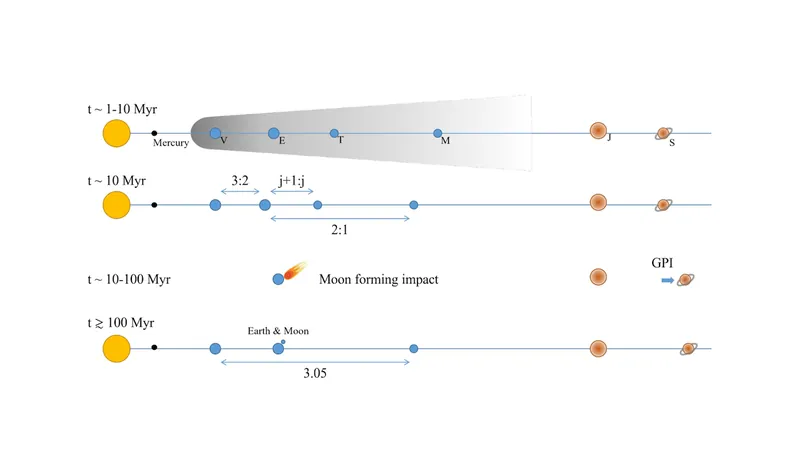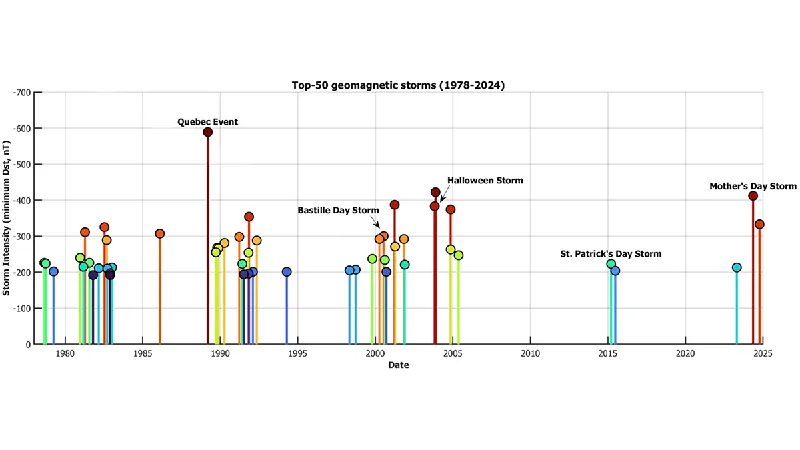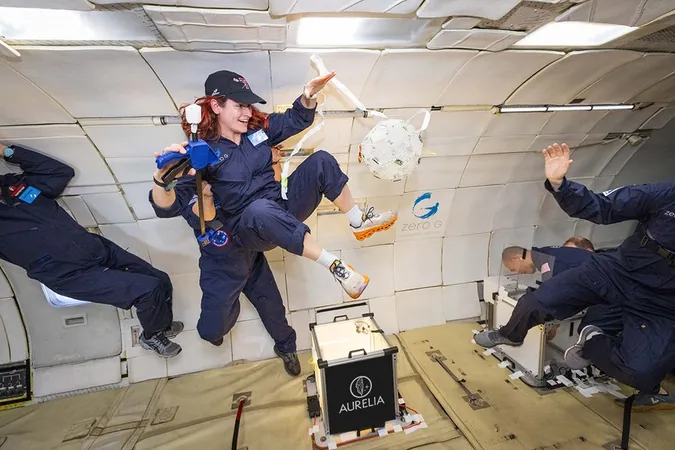
Unlocking the Secrets of Earth's Formation: How Resonance Shaped Our Terrestrial Planets
2025-06-05
Author: Daniel
A Mysterious Cosmic Past
For over two decades, astronomers have been uncovering a fascinating family of planets known as sub-Neptunes, characterized by their thick atmospheres. These planets are believed to have formed from protoplanetary disks, where they experienced significant growth and migration.
The Dance of the Planets
During their formation within the gaseous disks, the gravitational forces at play led to the migration of these planets. This complex ballet resulted in neighboring planets becoming trapped in mean motion resonances. However, as the gas and planetesimals began to dissipate, these resonances often unraveled, leading to unexpected shifts.
The Early Solar System's Chaos
It's well-established that the gas giants of our outer Solar System were once part of a resonant chain until they were disrupted by sudden dynamical instabilities. But what about the terrestrial planets closer to the Sun? Recent studies suggest that they, too, may have begun their journey in a resonant configuration, including a potential planetary body named Theia.
Simulating Cosmic Scenarios
To explore this theory, researchers conducted N-body simulations, revealing that the instability affecting the giant planets would have likewise disrupted the resonance chain of the terrestrial planets. This disruption likely triggered massive moon-forming impacts in 20% to 50% of the simulated systems, dependent on their initial structural arrangements.
Echoes of a Resonant Past
After the cataclysm, the resulting configuration of planets displayed eccentricity and inclination values that align strikingly with their present-day states. One of the most intriguing findings is the current period ratio of 3.05 between Mars and Venus. In traditional models, this ratio seemed insignificant, but under the new scenario, it emerges as a lasting relic from a bygone resonance chain.
Rethinking Planetary Formation
This groundbreaking research challenges existing paradigms of planetary formation and invites us to reconsider how the dynamics of early planetary systems sculpt the worlds we inhabit today. The cosmic ballet of the Solar System may have been far more intricate than previously imagined, filled with the echoes of resonances that still influence our planets.




 Brasil (PT)
Brasil (PT)
 Canada (EN)
Canada (EN)
 Chile (ES)
Chile (ES)
 Česko (CS)
Česko (CS)
 대한민국 (KO)
대한민국 (KO)
 España (ES)
España (ES)
 France (FR)
France (FR)
 Hong Kong (EN)
Hong Kong (EN)
 Italia (IT)
Italia (IT)
 日本 (JA)
日本 (JA)
 Magyarország (HU)
Magyarország (HU)
 Norge (NO)
Norge (NO)
 Polska (PL)
Polska (PL)
 Schweiz (DE)
Schweiz (DE)
 Singapore (EN)
Singapore (EN)
 Sverige (SV)
Sverige (SV)
 Suomi (FI)
Suomi (FI)
 Türkiye (TR)
Türkiye (TR)
 الإمارات العربية المتحدة (AR)
الإمارات العربية المتحدة (AR)